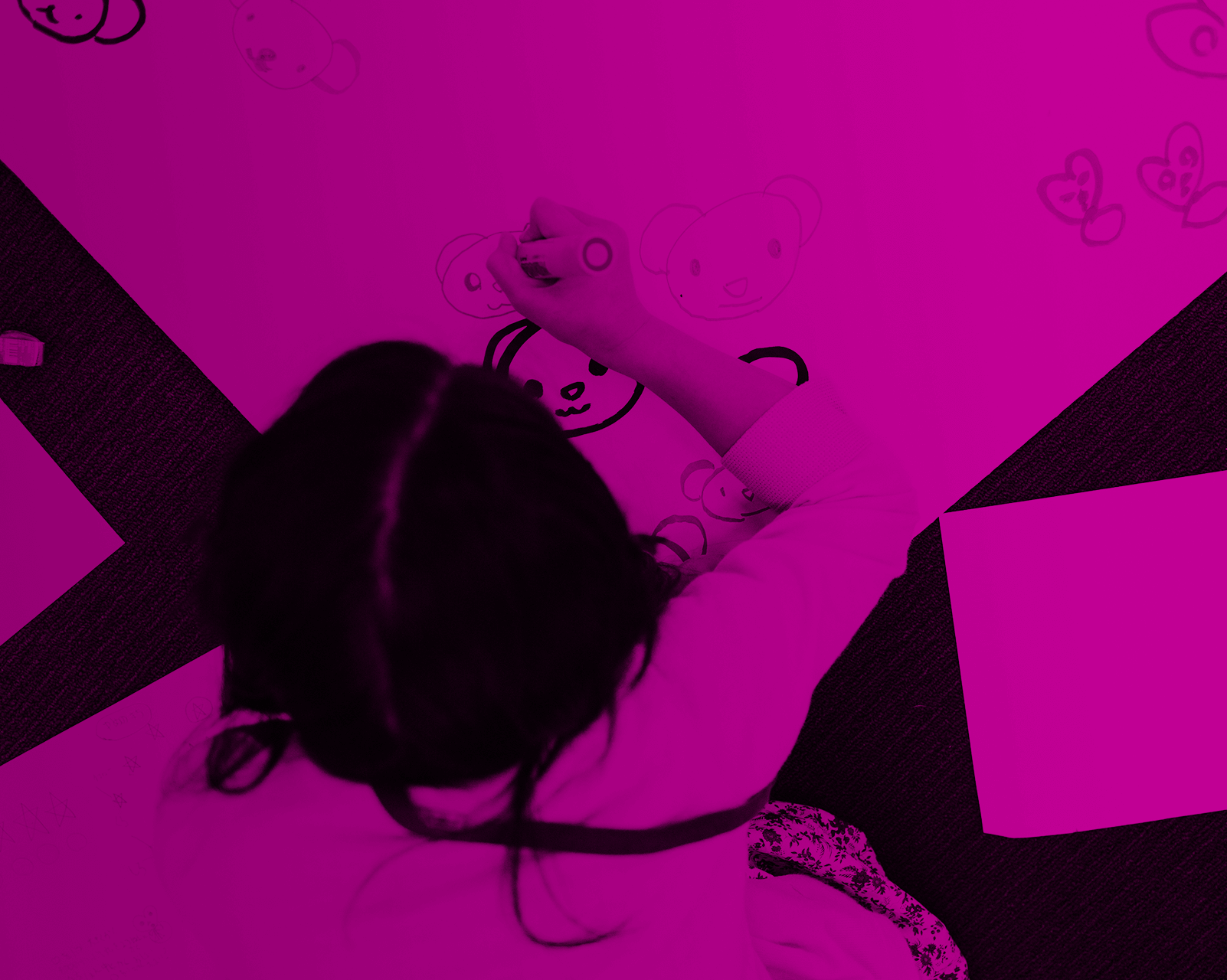I created this innovation to transform learning environments into inclusive and engaging spaces. Recognizing the impact of classroom design on student well-being and learning outcomes, I aimed to address the need for environments that support sensory development, foster independence, and promote calmness.
My innovation involves redesigning classrooms with flexible furniture that allows for versatile learning setups. We integrate natural materials and plants to enhance sensory experiences and create exploration corners for students to engage actively. Thoughtful lighting contributes to a calming atmosphere. These changes are supported by research-based methods and workshops that empower educators to reimagine their spaces effectively.
Evidence shows improved student behavior and academic performance in environments designed this way. While not reliant on proprietary technology, our approach leverages evidence-based design principles and practical workshops to guide implementation.
Over this past year, our solution has gained traction in educational settings, notably in the Netherlands where IPS Hilversum has served as my testing ground. Achievements include successful Professional Development Workshops and positive feedback from educators and students alike. Goals for the future include expanding implementation across more schools in Europe, fostering collaboration with educational institutions and design professionals if it’s possible.
To adopt my solution, educators and schools can start by contacting me by email carla.dabau@gmail.com and we will assess together in a face call their current learning environments and identify areas for improvement. I can provide guidance on redesigning spaces effectively. For more information and to get started, they can check my Instagram account @Carladabaup .



